Graffiti and Street Art Tours of Morocco
- Redouane Ouadi

- Nov 5, 2022
- 7 min read
Moroccan street art is a vibrant and colorful expression of the country’s culture and history. From traditional graffiti to elaborate murals, street art in Morocco is a reflection of the nation’s creative spirit.
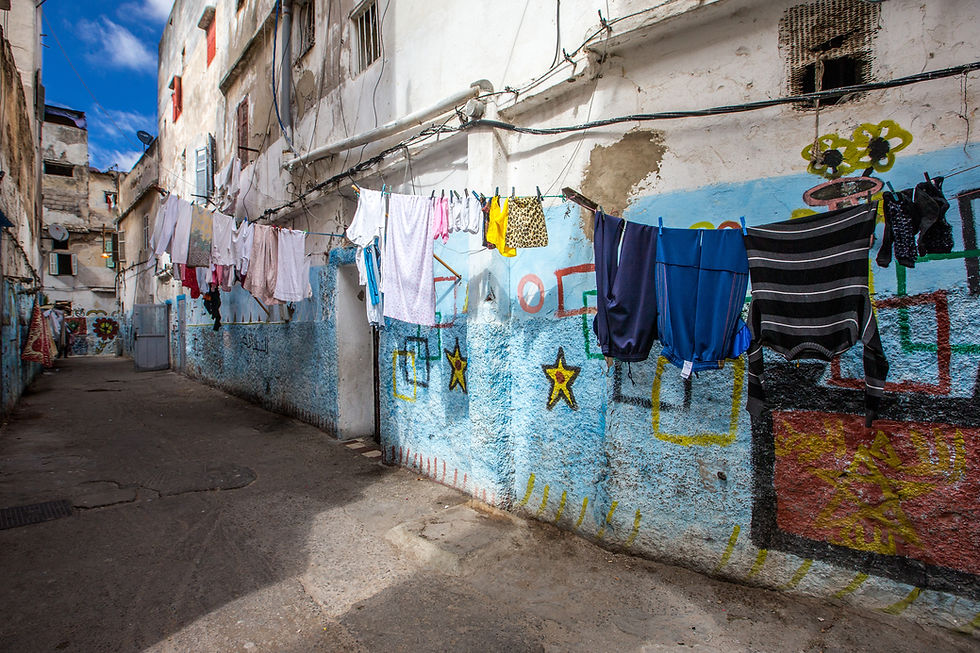
History of Street art in Morocco
Moroccan street art dates back to the early 20th century, when graffiti was used as a form of political expression. During the country’s struggle for independence, graffiti was used to spread messages of resistance and defiance. Today, street art in Morocco is still used as a form of political expression, but it has also become a way to celebrate the country’s rich culture and history.
What sets street art in Morocco apart?
Moroccan street art is characterized by its bright colors and intricate patterns. Traditional graffiti often features calligraphy, while murals tend to be more detailed and elaborate. Street art in Morocco is often inspired by the country’s rich history and culture, with many artists using it as a way to pay tribute to their heritage.
Whether it’s a simple graffiti tag or a complex mural, Moroccan street art is a beautiful and unique expression of the country’s culture.
Street art o Casablanca
The Moroccan city of Casablanca is home to a vibrant street art scene. The city's walls are adorned with colorful murals and graffiti.
The street art scene in Casablanca is a reflection of the city's diverse culture and history. Casablanca's street art scene began to take off in the early 2000s. Artists from all over the world came to the city to paint murals and graffiti. The street art scene in Casablanca is a reflection of the city's diverse culture and history. The street art scene in Casablanca has something for everyone.
From colorful murals to graffiti, the city's walls are a canvas for artists to express themselves. The street art scene in Casablanca is a reflection of the city's diverse culture and history.
The sbagha bagha festival, held annually in Casablanca, the center of street art activities with the installation of enormous frescoes in the city's four corners, is a true gathering point for street art. A graffiti competition that where top Moroccan artists compete against artists worldwide.
Street art of Fes
When you're in the mood for a little art appreciation while on vacation in Morocco, make sure to check out the street art scene in Fes!
You will find plenty of murals and graffiti around the city, often with a political or social message. Even if you're not normally into this type of art, it's worth checking out as it's such an integral part of the city's culture.
There is no one centralized location for street art in Fes, Morocco. However, there are a few areas that are known for having more street art than others.
The Old Medina and the Ville Nouvelle are two of the most likely places to find street art. In the Old Medina, most of the street art is located near the Bou Inania Medersa and the Karaouine Mosque.
In the Ville Nouvelle, street art can be found near Place R’cif and Place des Alaouites. There is no shortage of street art in Fes, Morocco. You can find it on buildings, walls, and just about anywhere else you look. It's a great way to add some color to your photos and to get a feel for the local culture.
Street art of Marrakech
Though Marrakech's street art movement is still very young, fresh pieces are increasingly appearing in both the old city and the Gueliz neighborhood, which is the city's French section. However, it isn't easy to find Marrakech's new street art pieces since they are tucked away, down quiet side streets, and within trendy cafes and galleries.
Café Clock, Marrakech: This trendy café is located in the medina of Marrakech, and both the exterior and interior are decorated with graffiti installations. As you get closer to the structure, keep an eye out for Rebel Spirit and Aderrahmane Elbizani's works. Rabie Graffiti has left his imprint on the building's facade, and as you enter the gate, a hummingbird by NA Hicham Bellaghzal adorns the gate leading to the entry. On the bottom floor of this trendy café, well-known Marrakchi street artist Hicham Bellaghzal has covered a sizable wall with a storyteller and other varied local themes inspired by his home city Marrakech. He most recently finished the halka cover.
Avenue Mohamed VI, Marrakech: Instead of paying homage to statues, Hendrik Beikirch's multi-level graffiti installation of Moroccan mason Aziz on the side of a building on Avenue Mohamed VI welcomes guests as they exit the railway station. In association with the Montresso Art Foundation, Beikrich pays homage to the Moroccan craftspeople who are rapidly disappearing—at least in the ways that they are still employed today—such as zellig artists, masons, shepherds, and others. After all, the residents are frequently photographed in the souks but seldom truly honored are a source of attraction in Beikirch.
Rue de la Liberté, Gueliz, Marrakech: The Rue de la Liberté neighborhood, part of the hip new town, regularly sees wall installations from visiting artists from the adjacent David Bloch art gallery, including one in front of the abandoned Koutoubia Hotel and others bordering the parking lot along Boulevard el Mansour Eddahbi. There is a different installation on the wall across from the well-known patisserie Al Jawda in Rue de la Liberte.
Medina, Marrakech: In the Rmila section of the old medina, Claudia Walde, also known as Mad C, installed a piece that lights a corner on Rue Fatima Zahra.
A group of international artists, including Mad C (Germany), Dotmaster (UK), Giacomo RUN (Italy), Dag Insky (France), Kalamour (Morocco), Alexey Lucas (Russia), LX.ONE (France), Lucy McLauchlan (UK), Remi Rough (UK), Sickboy (UK), and Yesbee (UK), were sponsored by the ATTOLLO group to create murals in significant public spaces throughout Marrakech. These areas include the old bazaar.
Rooftop art installations included a Giacomo RUN installation beside the Bahia Palace's entrance and a vibrant, geometric, pink and purple installation by LX.ONE that enlivened a parking area close to Jemaa el-Fna.
Street art of Rabat
In the capital city of Rabat, street art is becoming more and more popular. This form of art can be seen in many different places throughout the city, from the walls of buildings to the sidewalks. Graffitti and spray-art is a great way to add color and life to the city, and it is also a way for artists to express themselves.
Rabat is home to some amazing street art. From colorful murals to intricate graffiti, the city is full of art to explore. Whether you're strolling through the streets or taking a tour, you're sure to be impressed by the talent on display.
Rabat is home to some incredible street art. From traditional Moroccan art to more modern pieces, the city is full of color and creativity. The street art of Rabat is a reflection of the city itself - a melting pot of cultures and influences. If you're looking for a unique and beautiful city to explore, Rabat should be at the top of your list.
Penalty for creating street art in Morocco
In Morocco, graffiti is generally discouraged by authorities. There are a few reasons for this. First, graffiti can be seen as an act of vandalism, which is a crime in Morocco. Second, graffiti can be seen as a form of expression that is not allowed in public spaces. Finally, graffiti can be a form of political expression that is not allowed in Morocco.
In Morocco, the penalty for graffiti is typically a fine of up to 1,000 dirhams (about $100). The fine is doubled if the graffiti is done in a public place.
In extreme circumstances, the fine can be up to 5,000 with and up to five years in jail. Citizens and tourists alike are subject to the penalty.
Visitors to Morocco should be aware of the consequences of their actions and refrain from graffiti.
This is a relatively minor punishment compared to other countries, where the penalties can include significant jail time and/or much larger fines. Nonetheless, it is a punishable offense in Morocco, and those caught spray painting graffiti will be subject to the fine.
Private, guided tours of Moroccan street art
Diamond Transfers and Tours street art excursions provide unmatched insight, nuance in detail as we walk with you to discover the fascinating underbelly of North African graffiti. You will gain an insight into popular and unspoken sentiment throughout the years, and see how perceptions and opinions shift over time in Morocco. We will guide you to beautiful, hidden and little known street art installations thoughout our four Imperial Cities of Marrakech, Rabat, Fes and Meknes, as well as street art throughout remote regions of the kingdom.
In this street art trip you will be able to discover Moroccan culture, through Moroccan street art. A close look at Street Art can give you a greater understanding of the current cultural context of Moroccans.
Your tour will be designed to meet your interests in Street Art. A close look at Street Art can give you a greater understanding of the current cultural context of Moroccans. After we pick you up at your hotel, we will begin.
You can choose to book a day trip and walking street art tour for any city in Morocco. Another wonderful alternative is to include walking tours throughout your private Morocco excursion with Diamond Transfers and Tours, and we will include street art insights in all of the sites we visit during your stay.
You and your guide will discuss what you see and what the artist may be portraying.
Conclusion
Morocco is home to some of the most fascinating and beautiful street art in the world. The country has a rich history of art, and its street art scene is no different. Morocco has a long tradition of public art, and its street art is a reflection of that. The country's street art is a mix of traditional and contemporary styles, and it is a reflection of the country's culture and history. Morocco's street art is a must-see for any art lover.






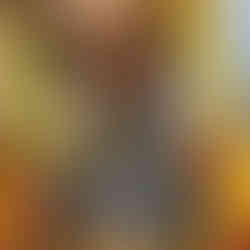

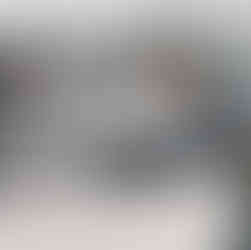

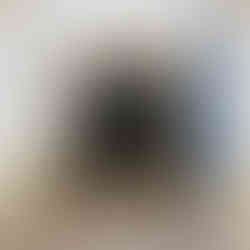

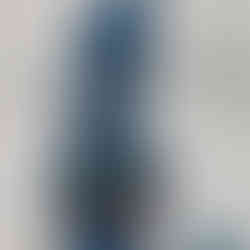

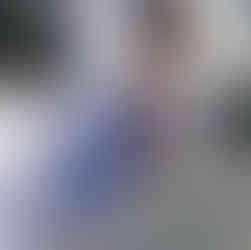

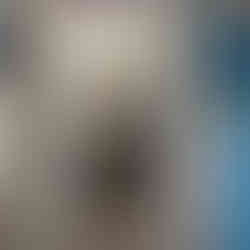

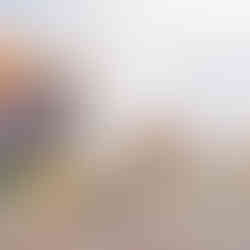

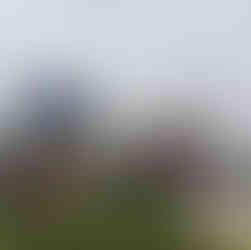

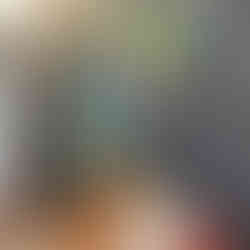

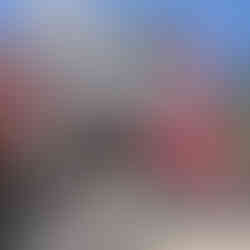

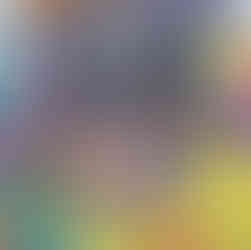

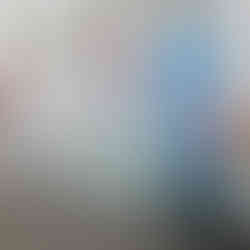

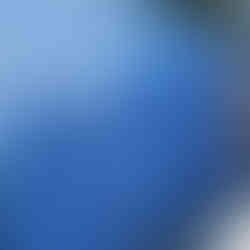

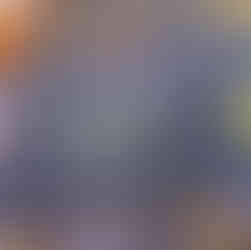

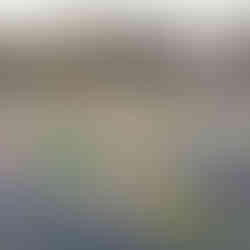

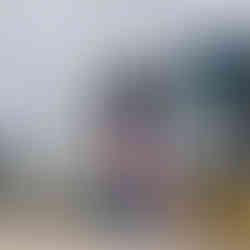

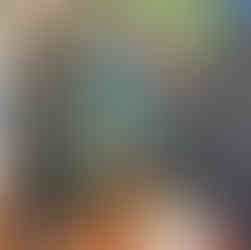

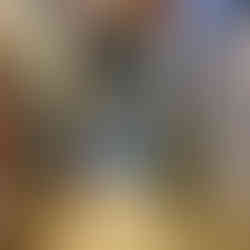

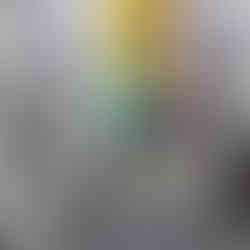

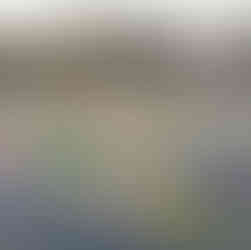

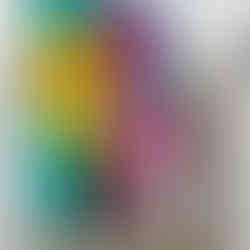































Commentaires